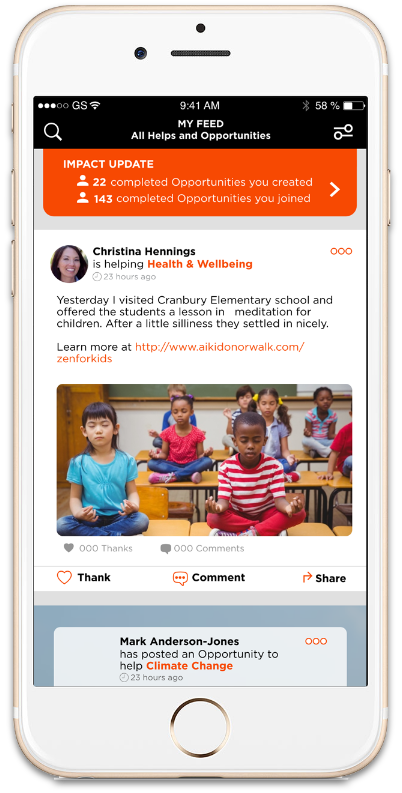How to Help Kids Facing Summertime Hunger
By: Lauren Ramakrishna
You might think most kids in the United States experience the school-free summer months as a time for relaxation and fun, but for some, missing out on school meals can mean they go hungry.
According to the U.S. Department of Agriculture (USDA), roughly 22 million children and teens qualify for and receive free or reduced-priced meals at their schools during the academic year, but only 3.7 million of them participate in free summer meal programs. That leaves millions of young people are potentially left without access to a healthy, filling lunch each day.
Many kids who receive lunch assistance during the school year are part of the estimated 11.8 percent of American households that are “food insecure”—meaning they lack access to enough food for a healthy life. And while programs that provide free lunch during the summer could help, states and communities face challenges serving hungry kids. The first hurdle: some families don’t know these programs exist. Another: they lack access to transportation to meal sites. Yet the biggest block to food stability is that too many communities are simply underserved.
But you can help. Check out how you can donate your dollars, time, and efforts to these summer meal programs, and advocate to help ensure all kids have a good meal during the summer months.
Donate and outreach.
1. Feeding America Summer Food Service Program
Feeding America is the largest domestic hunger-relief organization in the country, consisting of food banks, pantries, and meal programs nation-wide. In the summer, they operate summer meal programs throughout their network, aiming to get food to kids in low-income households who face food insecurity in the summer months.
What you can do: search for a food bank near you, then contact them to find out how you can donate your time, money, and other resources to support their summer meal programs and other initiatives.
2. No Kid Hungry
Share Our Strength launched No Kid Hungry in 2010 with a simple (yet complicated) mission: end childhood hunger. In addition to research, policy, and advocacy work, No Kid Hungry also provides support to school and local organizations that house summer meal programs. In partnership with the USDA, No Kid Hungry also runs a free texting service that allows families to find out where they can get free meals in the summer. Anyone in need can text “FOOD” (or “COMIDA” for Spanish prompts) to 877-877, then provide an address or zip code to find out where and when they can access free summer meals.
What you can do: donate, or learn more about fundraising and other donation opportunities. You can also spread the word on social media about No Kid Hungry’s free texting service. Encourage your friends and family members to share it as well. You never know who will ultimately see it and benefit from the service.
3. USDA Summer Food Service Program
The USDA’s Summer Food Service Program (SFSP) is federally funded and administered by states. Through the program, free meals and snacks are provided to kids and teens in low-income areas. The states rely on sponsors, like schools, local government agencies, camps, and community organizations, to run the individual programs at local sites.
What you can do: spread the word that anyone can find a summer meal site with this mapping tool, texting “Summer Meals” to 97779, or by calling 1-866-348-6479. If you think your employer would make a good sponsor, find out what it takes to operate a site, and encourage your organization’s leaders to step up!
4. Why Hunger
Why Hunger‘s national hotline, 1-800-5 HUNGRY (1-800-548-6479), refers people in need of emergency food assistance across the U.S. to healthy food in their communities and government nutrition programs via call, text or online search.
What you can do: save the hotline number in your phone contacts and share with anyone who may need healthy food.
Become an advocate.
In addition to supporting the summertime meal programs, you can also make sure your elected officials are doing all that they can do to help promote programs for hungry kids and families.
What you can do: Check out a few helpful tools and guides to make it easy for you to reach out to your representatives.
1. Write or email your representative in Congress with Feeding America’s pre-written message asking them to visit a local food bank.
2. Use Feeding America’s Tweet tool to tweet your Member of Congress a virtual empty paper plate as a reminder that you want them to work toward helping your neighbors put food on the table.
3. Sign up for the No Kid Hungry newsletter to receive updates about when you can advocate for state and local opportunities.
4. Share a message with your state’s Governor to encourage him or her to fund free breakfast programs in public schools year-round.



